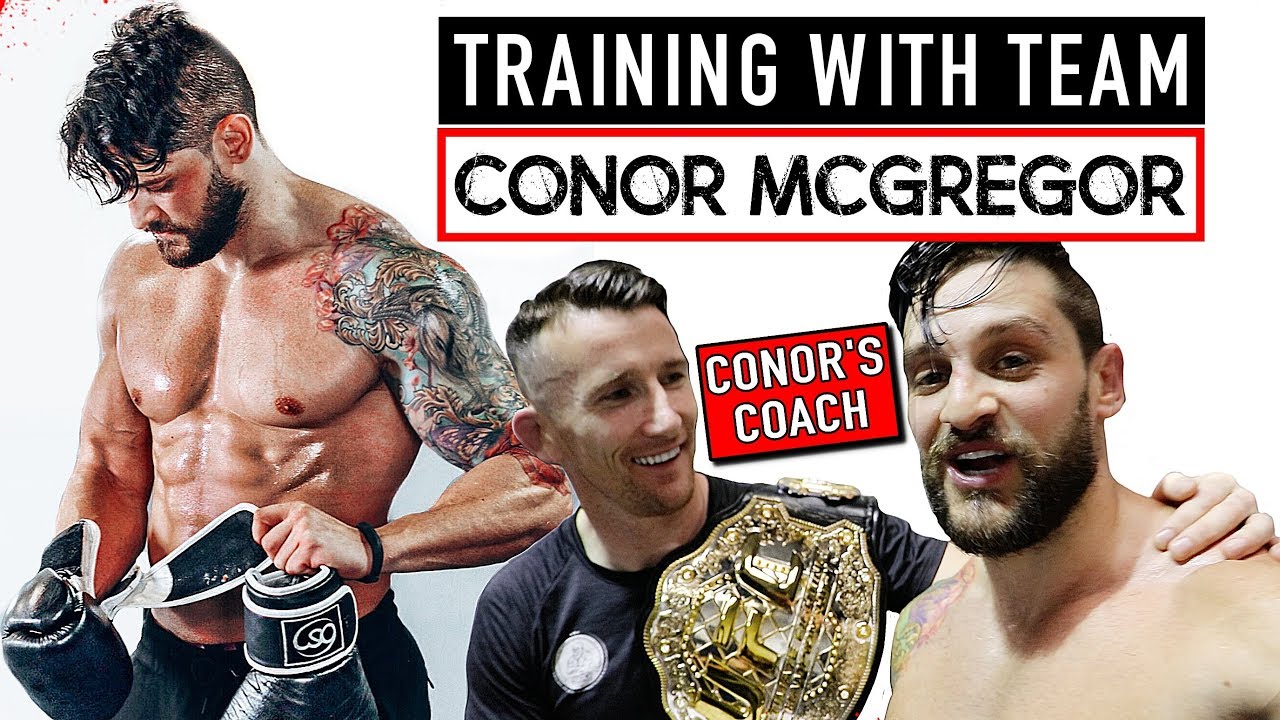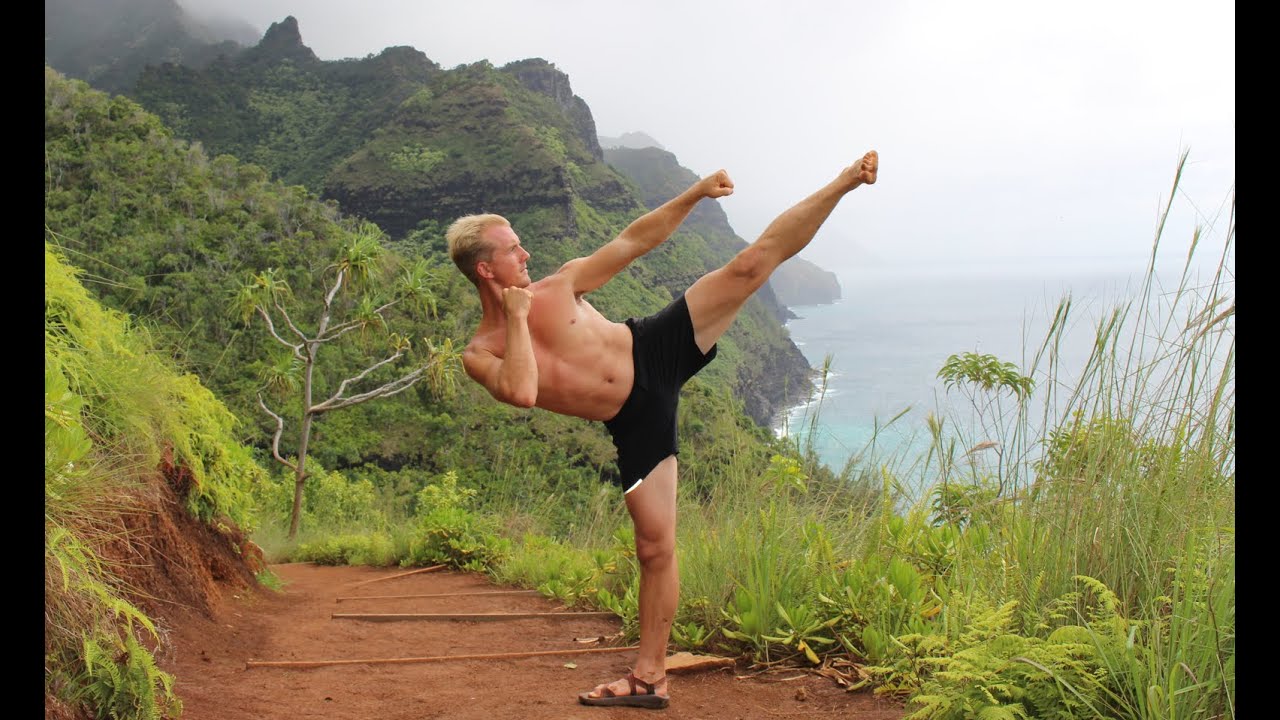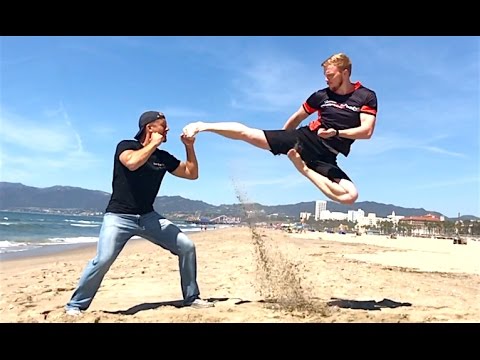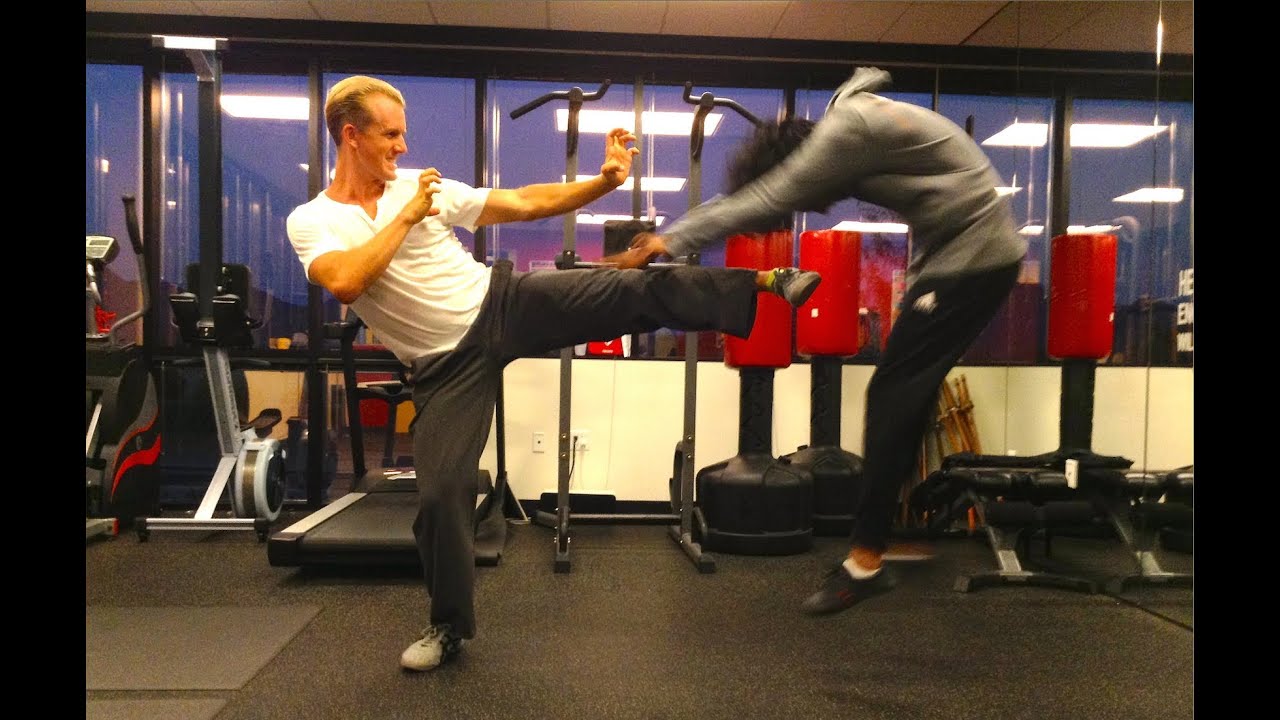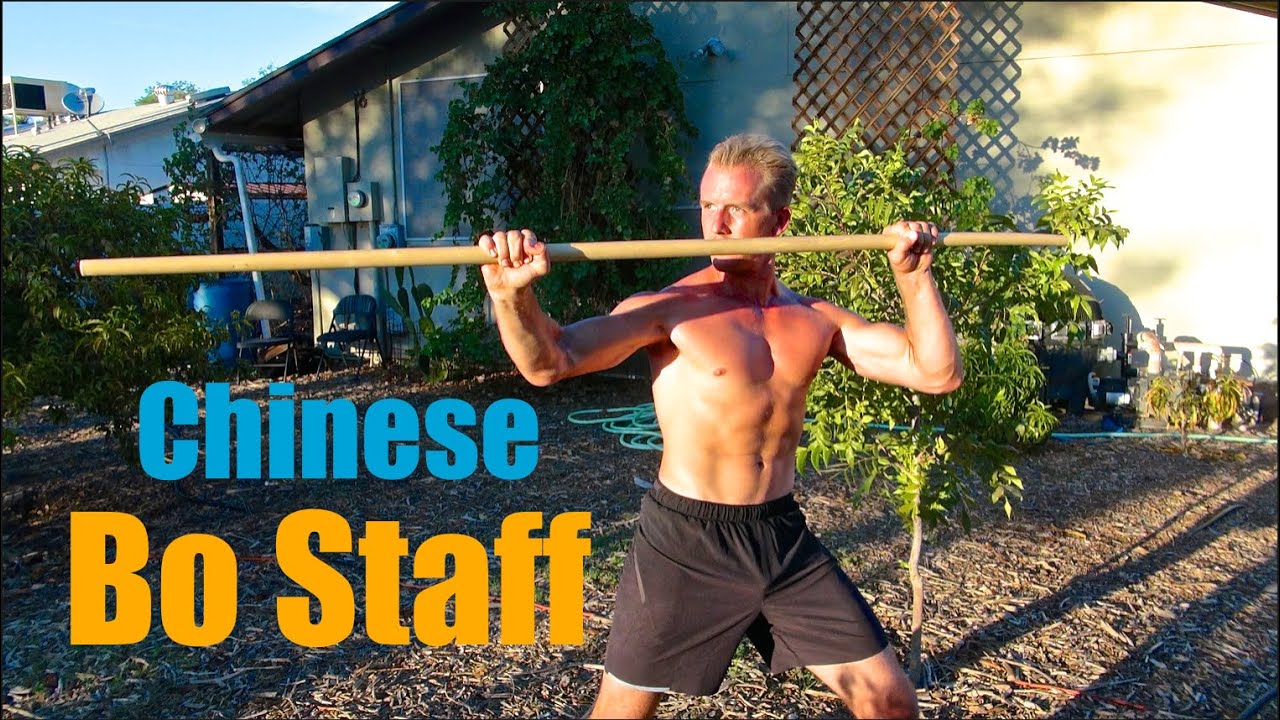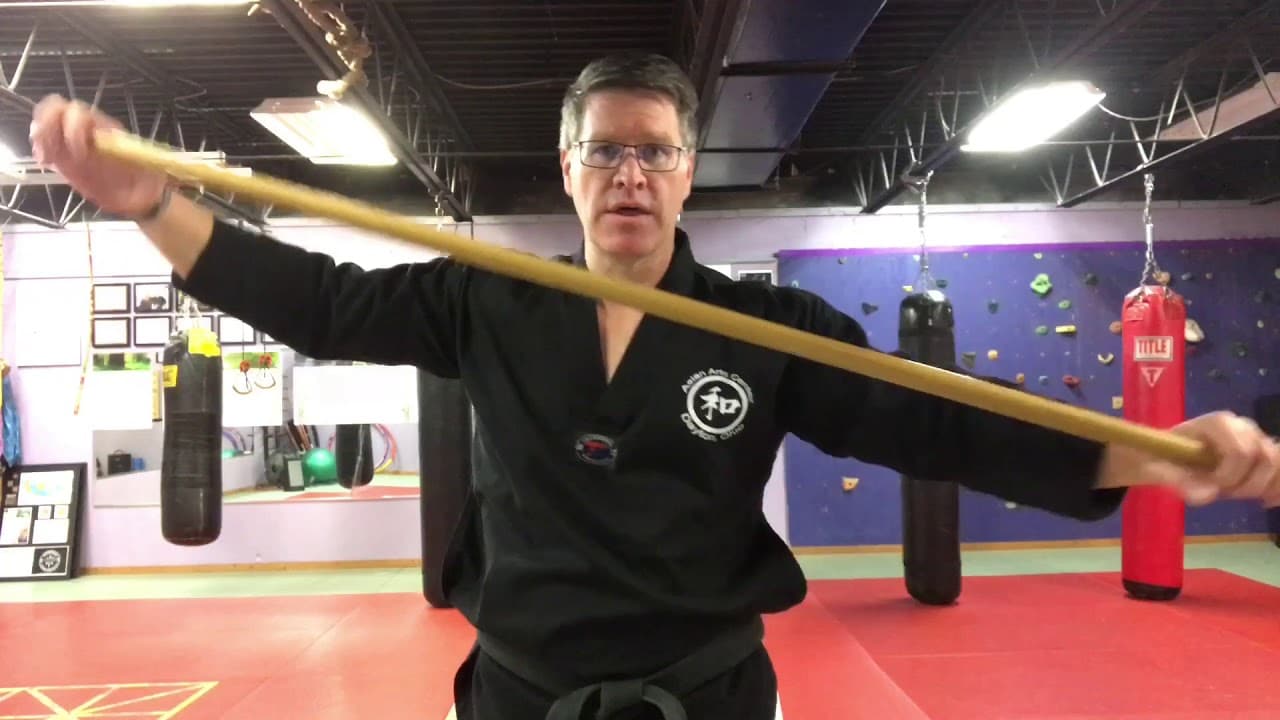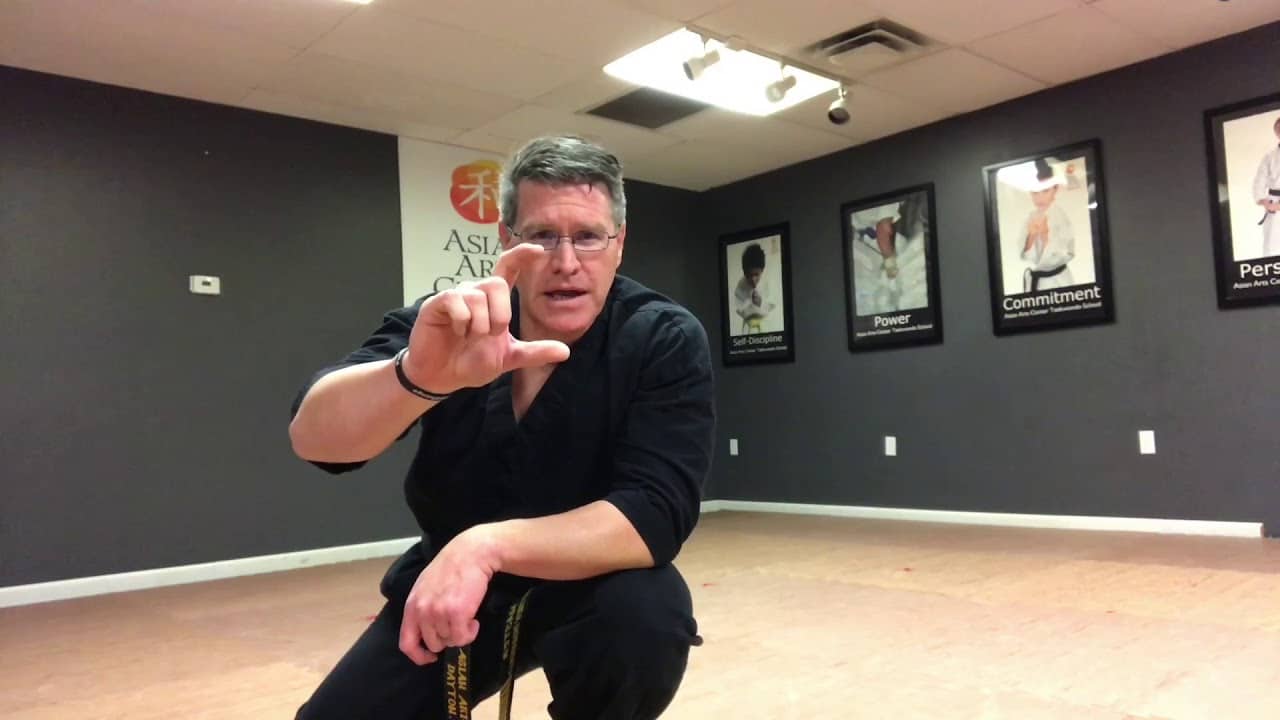Small Business SEO Mastery: Insights from Neil Patel
Elevate Your Online Presence and Drive Growth with Expert SEO Strategies
Welcome to “Small Business SEO Mastery” by Neil Patel, your go-to resource for unlocking the power of search engine optimization (SEO) to fuel the success of your small business. In this comprehensive video playlist, Neil Patel, a leading authority in digital marketing, shares his expertise and insights to help small business owners navigate the complexities of SEO and achieve greater visibility, traffic, and conversions online.
Chapter 1: The Essentials of Small Business SEO
In this chapter, Neil Patel lays the groundwork for small business owners looking to harness the power of SEO. He explains the importance of SEO for small businesses, dispels common myths and misconceptions, and outlines the key principles and strategies that drive success in the digital landscape.
Chapter 2: Crafting an Effective SEO Strategy
Building on the foundation laid in Chapter 1, Neil Patel delves into the process of crafting an effective SEO strategy tailored to the unique needs and goals of small businesses. He discusses keyword research, on-page optimization, technical SEO, and off-page factors, providing practical tips and actionable advice for maximizing your website’s visibility and relevance in search engine results.
Chapter 3: Local SEO Tactics for Small Businesses
For small businesses targeting local markets, local SEO is essential for attracting customers in their geographic area. In this chapter, Neil Patel explores local SEO tactics and techniques, including optimizing Google My Business listings, generating local citations, and leveraging customer reviews to enhance your business’s visibility and credibility in local search results.
Chapter 4: Content Marketing Strategies for Small Business SEO
Content is king in the world of SEO, and small businesses can leverage content marketing to attract and engage their target audience. In this chapter, Neil Patel shares insights into creating high-quality, relevant content that resonates with your audience and drives organic traffic to your website. From blog posts and articles to videos and infographics, Neil provides guidance on developing a content strategy that supports your SEO efforts and builds your brand authority online.
Chapter 5: Measuring and Optimizing Small Business SEO Performance
In the final chapter, Neil Patel discusses the importance of measuring and optimizing your small business SEO performance. He introduces key metrics and analytics tools for tracking website traffic, monitoring keyword rankings, and assessing the effectiveness of your SEO efforts. By analyzing data and making data-driven decisions, small business owners can refine their SEO strategy, identify areas for improvement, and achieve greater success in the competitive online marketplace.
Conclusion:
As we conclude our journey through “Small Business SEO Mastery” by Neil Patel, we are equipped with the knowledge, insights, and tools to elevate our online presence and drive growth through strategic SEO tactics. By implementing Neil’s proven strategies and staying abreast of evolving SEO trends, small business owners can position themselves for success and thrive in today’s digital economy. So, dive into the playlist, learn from Neil Patel’s expertise, and unlock the full potential of SEO to propel your small business to new heights of success.





